Helicopter Tail Rotor Strike from Firefighting Bucket
On 2 May 2017 Bell 206B3 N911GE, operated by the Marion County Sheriff’s Office as a public-use aircraft, sustained substantial damage during firefighting operations near Orange Springs, Florida. The pilot was seriously injured.
The pilot was using an under slung Bambi Bucket and had completed between 25 and 30 drops on the fire. According to the US National Transportation Safety Board (NTSB) safety investigation report:
After refueling, he completed three or four additional drops and then filled and pulled the bucket from the water and immediately felt “a severely out of CG [center of gravity] condition to the right.” He assumed that the bucket cables were entangled in the right landing skid, so he released the water from the bucket. The condition persisted, so he rocked the helicopter to attempt to free the cable without success. He then released the cable with the cargo release button and heard the “clunk” sound typically heard when the bucket was released, but then he heard another “clunk.”
The helicopter then began to spin violently and after 4-6 rotations crashed into the water. After the aircraft submerged, rolled right and came to rest the pilot “egressed through the left cockpit door and swam to the surface”. On reaching the surface he inflated his life jacket, swam to the water’s edge and used his personal mobile phone to call for help.
The NTSB investigation revealed:
…6-inch long cable marks on the right rear landing skid tube and a torsional fracture of the tail rotor short shaft.
Based on the pilot’s statement, the cable marks likely occurred initially when a cable became entangled on the skid tube…
After releasing the bucket the tail rotor shaft fractured when the cable or bucket contacted the tail rotor.
Safety Resources
Just today, 1 December 2018, a firefighting Kamov Ka-32T crashed in Korea with the loss of one life while uplifting water, though as seen in the library footage below, that was likely by a suction system.
Other Ka-32s do use an under-slung bucket:
A Flight Safety Foundation (FSF) report ‘External Loads, Powerplant Problems And Obstacles Challenge Pilots During Aerial Fire Fighting Operations’ reviewed US accident reports from 1974 to 1998.
UPDATE 28 January 2019: The Bureau d’Enquêtes et d’Analyses (BEA) are investigating an accident in Reunion on 24 January where a Airbus Helicopters AS350B3e/H125 F-OFML appears to have suffered a tail rotor strike on its own under slung firefighting bucket.
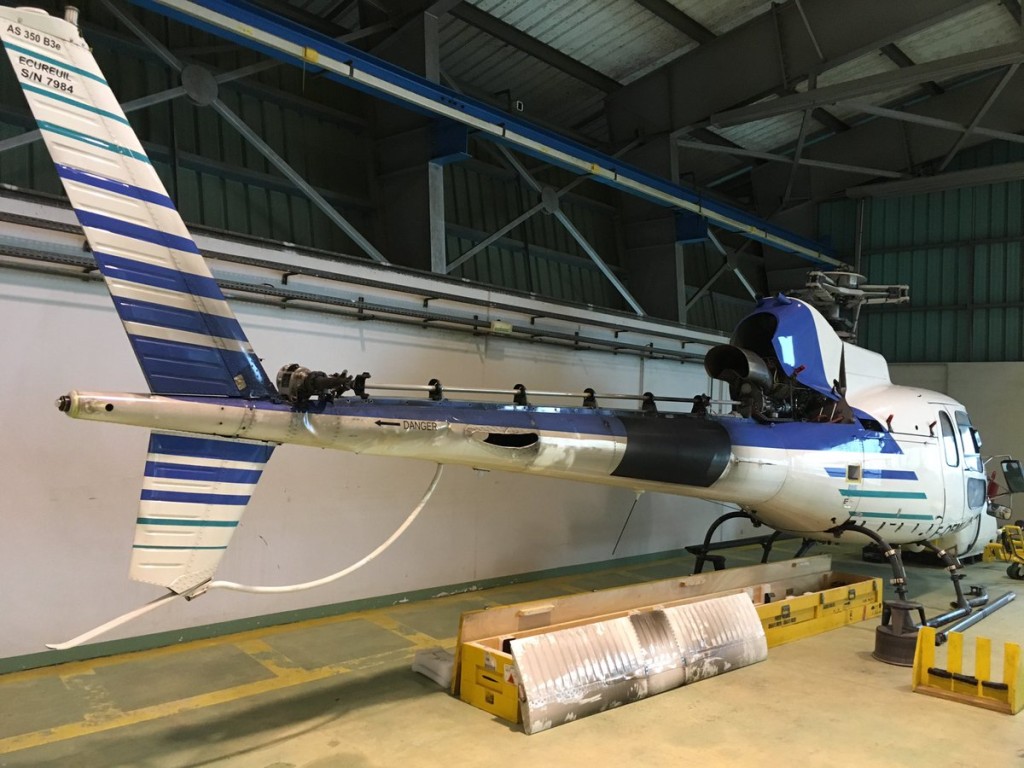
Airbus Helicopters AS350B3e/H125 F-OFML Under Investigation After Suspected TR Strike During Firefighting (Credit: BEA)
Also see our articles:
- Wayward Window: Fatal Loss of a Fire-Fighting Helicopter in NZ
- Firefighting Helicopter Wire Strike
- Keep Your Eyes on the Hook! Underslung External Load Safety
- EC120 Underslung Load Accident 26 September 2013 – Report
- Unexpected Load: AS350B3 USL / External Cargo Accident in Norway
- Unexpected Load: B407 USL / External Cargo Accident in PNG
- Load Lost Due to Misrigged Under Slung Load Control Cable
- Fatal Wire Strike on Take Off from Communications Site
- UPDATE 21 October 2018: Fallacy of ‘Training Out’ Error: Japanese AS332L1 Dropped Load
- UPDATE 20 December 2019: Helicopter External Sling Load Operation Occurrences in New Zealand
- UPDATE 30 May 2020: Fatal Wisonsin Wire Strike When Robinson R44 Repositions to Refuel
- UPDATE 28 June 2020: Maintenance Issues in Fire-Fighting S-61A Accident
- UPDATE 27 December 2020: Fire-Fighting AS350 Hydraulics Accident: Dormant Miswiring
- UPDATE 9 January 2021: Korean Kamov Ka-32T Fire-Fighting Water Impact and Underwater Egress Fatal Accident
- UPDATE 21 May 2021: Firefighting AW139 Loss of Control and Tree Impact
- UPDATE 16 October 2021: South Korean Fire-Fighting Helicopter Tail Rotor Strike on Fuel Bowser
UPDATE 18 July 2019: UK AAIB report on a fatal accident to AS350B2 G-PLMH during HESLO with a boat at Loch Scadavay, Western Isles, Scotland, 13 June 2018.
UPDATE 16 December 2019: A preliminary report issued by the NZ Helicopter Association and NZ CAA on an accident to firefighting helicopter AS350BA ZK-HEX on 17 Feb 2019 said there was a sudden yaw to the left followed by one to the right and a pitch up. The pilot immediately jettisoned the monsoon bucket, and made a forced landing. Their investigation found the most likely scenario was that the top ring through which the monsoon bucket was attached to the helicopter, partially collapsed. It is reported that:
This investigation has highlighted a possible risk factor when operating the older style Cloudburst CB1000MF bucket with a collapsible top ring that is secured by Velcro. Partial collapse of the ring or if the ring comes away from the Velcro could cause an empty bucket to ‘fly’ erratically in flight and move dangerously close to the tail.
UPDATE 16 January 2021: NZ Firefighting AS350 Accident (ZK-HEK): Weaknesses in Role Equipment Design and Distribution of Key Operating Data

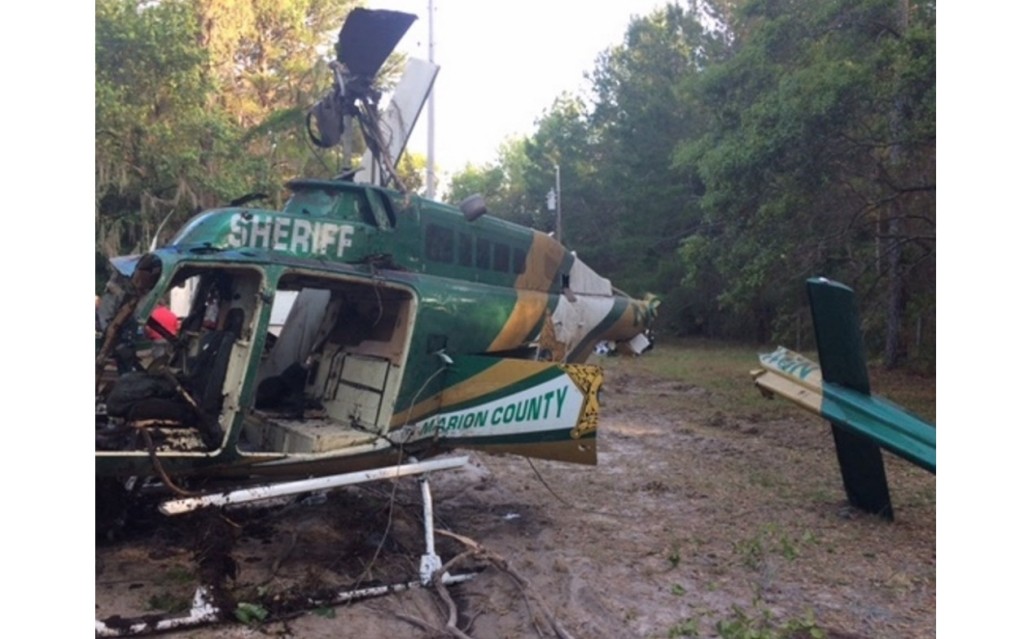

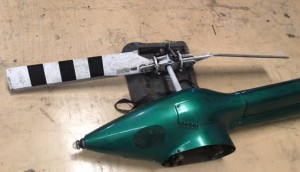
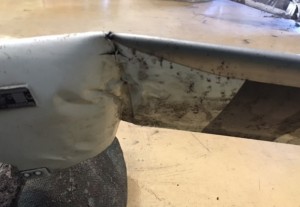
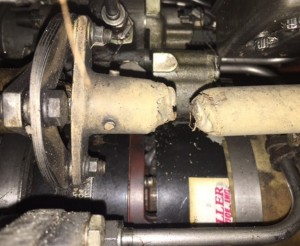
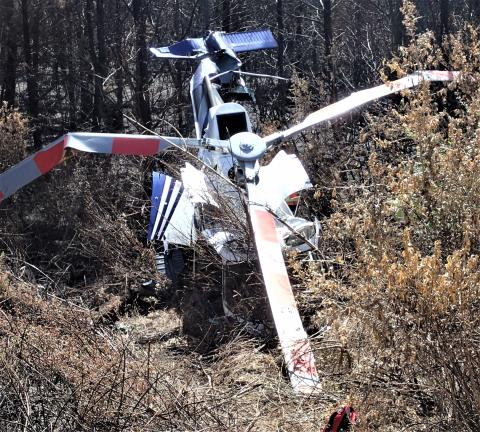
Recent Comments